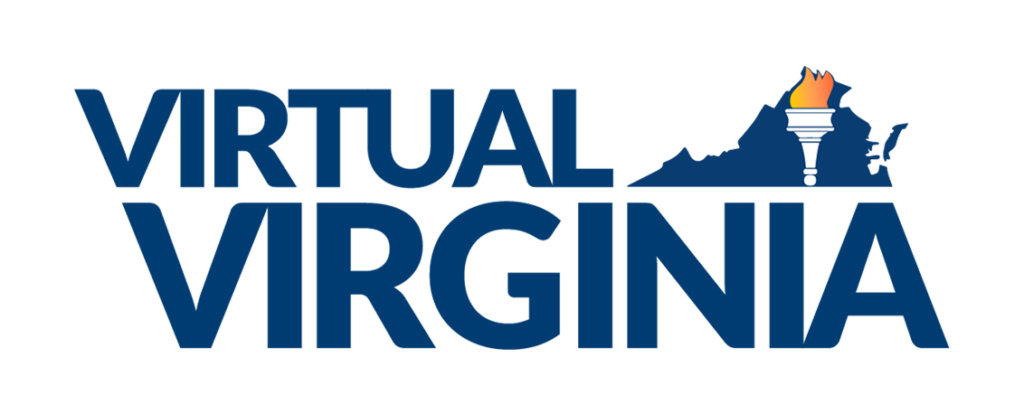History & Mission

Our History
For over 40 years, the Virginia Department of Education (VDOE) has provided—through the program that is now Virtual Virginia—a variety of distance‐learning opportunities for K–12 students throughout the Commonwealth. Throughout our history, Virtual Virginia has made digital learning available to all learners in the Commonwealth with no barriers to enrollment—regardless of each student’s academic history or geographic location. For VVA, success is all about providing educational opportunities to all Virginia students and helping students grow academically.
What is today Virtual Virginia began in 1984 as Virginia’s Electronic Classroom, and by the end of the decade, the program expanded to become the Virginia Satellite Education Network (VSEN). VSEN offered AP and world language courses via satellite television to students throughout Virginia. VSEN’s primary mission was to serve students in rural and underserved regions by providing courses that were unavailable because of a lack of highly qualified local instructors for those courses or because student enrollment would be too low to offer the courses locally. Thousands of students successfully completed courses through the VSEN program.
In the early 2000s, the VDOE launched a web‐based course delivery program via Virginia’s Virtual Advanced Placement School (VAPS). In 2006, the VDOE fully embraced online education and merged the VSEN and VAPS programs to form Virtual Virginia.
Our Mission
Virtual Virginia serves Virginia learners and educators by providing flexible, high-quality learning opportunities to meet the educational needs of the Commonwealth and beyond. As a program of the Virginia Department of Education and a partner to Virginia public school divisions, Virtual Virginia has a commitment and responsibility to empower all learners to be successful, innovative, and independent thinkers.

Our Vision
Virtual Virginia will offer increased access to high-quality digital and online learning opportunities, the statewide learning management system, digital instructional materials/content, and professional learning opportunities to schools, students, and educators throughout the Commonwealth and beyond.
As a partner of Virginia public school divisions, Virtual Virginia will support education in the Commonwealth by expanding access and digital learning opportunities for online and in-person K–12 learners and working to ensure every classroom has an engaged and supported educator.